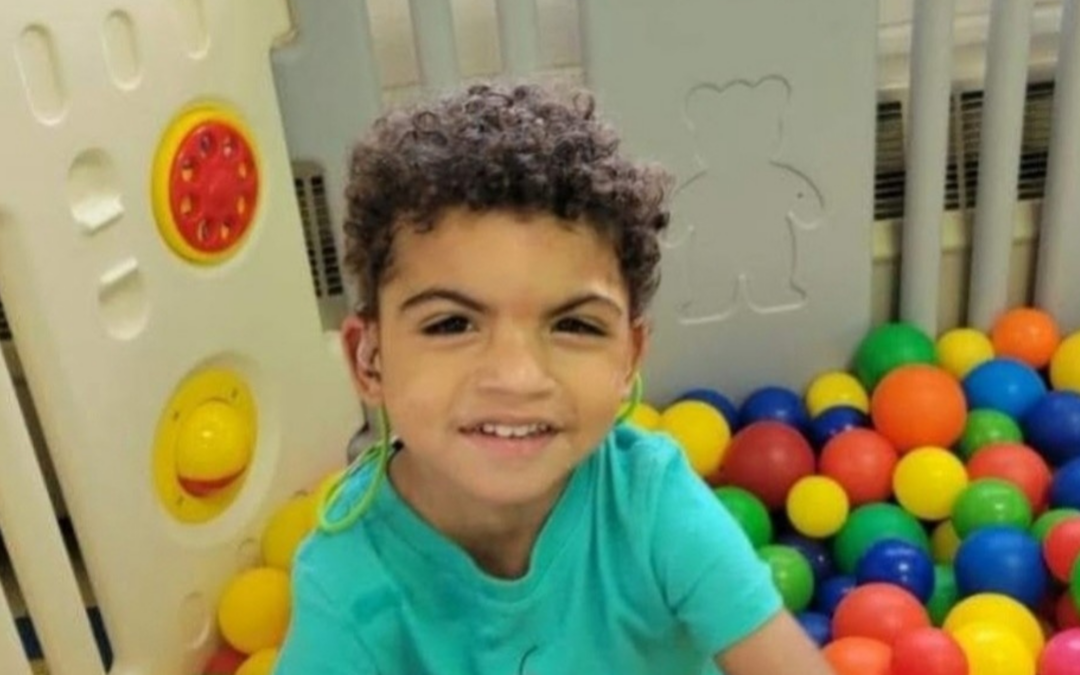As seen in Reaching Out
By: Julia O’Connor, Ph.D., Clinical Advisory Board Member, CdLS Foundation and Clinical Psychology, Kennedy Krieger Institute
Marco Grados M.D., M.P.H., Clinical Advisory Board Member, CdLS Foundation and Child Psychiatry, Johns Hopkins Medicine
Research indicates that approximately 55% of individuals with CdLS engage in self-injurious behavior (SIB), 32% show aggression, and 41% participate in property destruction. Anxiety is also a common issue among this population.
COMMON BEHAVIORAL CHALLENGES
Individuals with CdLS commonly experience anxiety, which can show up as selective mutism, social avoidance, and intense fear responses. Managing their environment is essential to help reduce these behaviors. Emotional dysregulation and social difficulties often arise from anxiety, and these individuals typically demonstrate social awareness, distinguishing them from classic autism.
Repetitive behaviors and a strong need for routine are also characteristic of CdLS. Disruptions can lead to significant distress and may result in self-injurious behaviors, such as head banging, self-biting, hair pulling, and skin picking. Risk factors for self-injury include the degree of intellectual disability and expressive communication deficits, with those having severe disabilities more likely to engage in these behaviors.
In addition to self-injury, individuals with CdLS may exhibit aggression (hitting or biting), disruptive actions, pica (eating non-food items), elopement, and non-compliance.
Interestingly, no identifiable early signs predict behavioral issues, as these can manifest early in life or may not appear until adolescence or adulthood. Many behaviors typically begin around the adolescent years.
IDENTIFYING TRIGGERS AND WHEN INTERVENTION IS NEEDED
Parents and caregivers should seek intervention when behaviors hinder essential skills or quality of life. Early intervention is crucial after medical concerns are ruled out.
Behavioral challenges often arise from overstimulation and lack of attention. Parents can help manage these environments. Anxiety, sensory issues, and self-injury commonly co-occur with CdLS. Vigilance in recognizing these issues can improve outcomes.
STRATEGIES FOR MANAGING BEHAVIOR AT HOME
To manage behavioral issues effectively, parents can collaborate with a licensed psychologist or board-certified behavior analyst to conduct a Functional Behavior Assessment (FBA). This assessment helps delineate the underlying causes of behaviors and informs the development of a behavior intervention plan. Proactive strategies may include increasing activities, positive reinforcement, and teaching adaptive and social skills. Reactive strategies may involve limiting escape or access to preferred items during problematic behaviors.
Establishing structure and routine in daily life can significantly aid in managing or preventing behavioral challenges, providing individuals with predictability and a clear sense of what to expect.
EFFECTIVE THERAPIES FOR BEHAVIORAL CHALLENGES
Behavior analysis is recognized as the most effective treatment for managing behaviors associated with Cornelia de Lange Syndrome (CdLS), especially when combined with medication from knowledgeable psychiatrists. Effective therapies, like Applied Behavior Analysis (ABA) and Cognitive Behavioral Therapy (CBT), start with thorough assessments to identify the root causes of behaviors.
Tailored therapies for specific behaviors, such as self-injury or aggression, rely on Functional Behavior Assessments, which include interviews, observations, and data collection. A comprehensive approach that engages qualified professionals, establishes routines, and focuses on early intervention can enhance outcomes for individuals with CdLS.
For families dealing with these challenges, consulting an applied behavioral analyst can be beneficial. Utilizing the ABA model and performing Functional Analyses can aid in developing effective treatment plans, with positive reinforcement being a key strategy for behavior management.
MEDICATION CONSIDERATIONS
In cases where behavioral challenges persist despite substantial ABA therapy, medication may be considered. Acute issues such as severe self-injury or disorganized behaviors may prompt earlier intervention. Medications typically fall into four categories: stimulants and alpha agonists for hyperactivity, SSRIs for anxiety and depression, mood stabilizers for mood swings, and neuroleptics for self-injurious behavior and aggression.
Determining the appropriate medication and dosage requires consultation with a psychiatrist who specializes in developmental disabilities. Caution is advised in prescribing psychotropic medications, as individuals with CdLS may experience heightened sensitivity to side effects and even paradoxical reactions.
In summary, understanding the complex behavioral profile of CdLS, identifying effective management strategies, and utilizing appropriate interventions can significantly enhance the quality of life for both individuals with CdLS and their families.
Interested in reading the full interview with Drs. Grados and O’Conor? Email outreach@CdLSusa.org and be on the short list to receive the questions and answers that went into this article.

Recent Comments